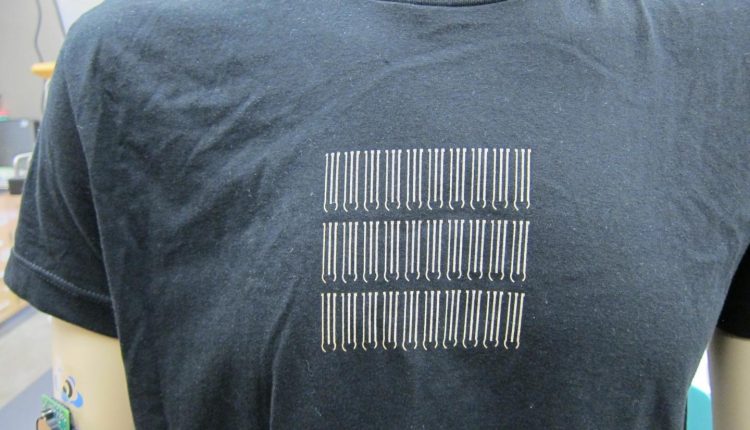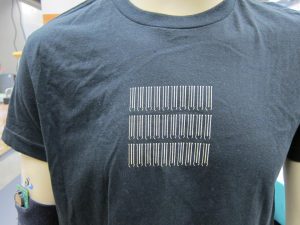
Engineers from the University of California, San Diego, have just been funded with a $2.6 million grant from the U.S. Department of Energy’s Advanced Research Projects Agency – Energy (ARPA-E) to make clothing that adjusts its temperature to keep your body comfortable, regardless of outdoor conditions.

The project, called ATTACH (Adaptive Textiles Technology with Active Cooling and Heating), is led by Joseph Wang, distinguished professor of nanoengineering at UC San Diego and could potentially reduce heating and air conditioning bills for buildings and homes.
The researchers will insert polymers into the smart fabric that expand in the cold and shrink in the heat . The smart fabric will be designed to regulate the temperature of the wearer’s skin – keeping it at 93° F – by adapting to temperature changes in the room. When the room gets cooler, the fabric will become thicker. When the room gets hotter, the fabric will become thinner.
“Regardless if the surrounding temperature increases or decreases, the user will still feel the same without having to adjust the thermostat,” said Wang.
“93° F is the average comfortable skin temperature for most people,” added Renkun Chen, assistant professor of mechanical and aerospace engineering at UC San Diego, and one of the collaborators on this project.
Chen’s contribution to ATTACH is to develop supplemental heating and cooling devices, called thermoelectrics, that are printable and will be incorporated into specific spots of the smart fabric. The thermoelectrics will regulate the temperature on “hot spots” – such as areas on the back and underneath the feet–that tend to get hotter than other parts of the body when a person is active.
“This is like a personalized air-conditioner and heater,” said Chen.
Energy Saver
“With the smart fabric, you won’t need to heat the room as much in the winter, and you won’t need to cool the room down as much in the summer. That means less energy is consumed. Plus, you will still feel comfortable within a wider temperature range,” said Chen.
The researchers are also designing the smart fabric to power itself. The fabric will include rechargeable batteries, which will power the thermoelectrics, as well as biofuel cells that can harvest electrical power from human sweat. Plus, all of these parts–batteries, thermoelectrics and biofuel cells – will be printed using the technology developed in Wang’s lab to make printable wearable devices. These parts will also be thin, stretchable and flexible to ensure that the smart fabric is not bulky or heavy.
“We are aiming to make the smart clothing look and feel as much like the clothes that people regularly wear. It will be washable, stretchable, bendable and lightweight. We also hope to make it look attractive and fashionable to wear,” said Wang.
The team has not yet concluded how much the smart clothing will cost since it will depend on the scale of production, but the printing technology in Wang’s lab will offer a low-cost method to produce the parts. Keeping the costs down is a major goal, the researchers said.
